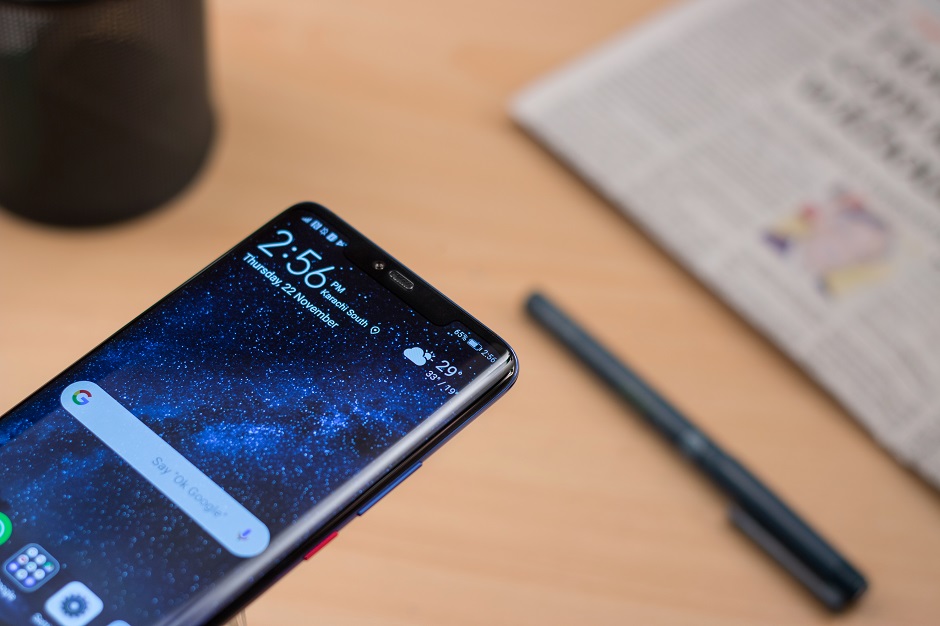
We recently received the Huawei Mate 20 Pro for review purposes but before we dwell into the intricacies of the device, here is a look at the specs.
The Mate 20 Pro is powered by a HiSilicon Kirin 980 Octa-core processor with 6GB RAM, a 4,200 mAh battery, 128 GB Internal storage and a 6.39-inch 1440 x 3120 OLED display.
In terms of cameras, the device is equipped with three rear cameras arranged in a square formation along with a 24 MP front camera. It has a wireless charging option, a USB-C port along with a pre-programmed Android 9 Pie operating system.
Camera
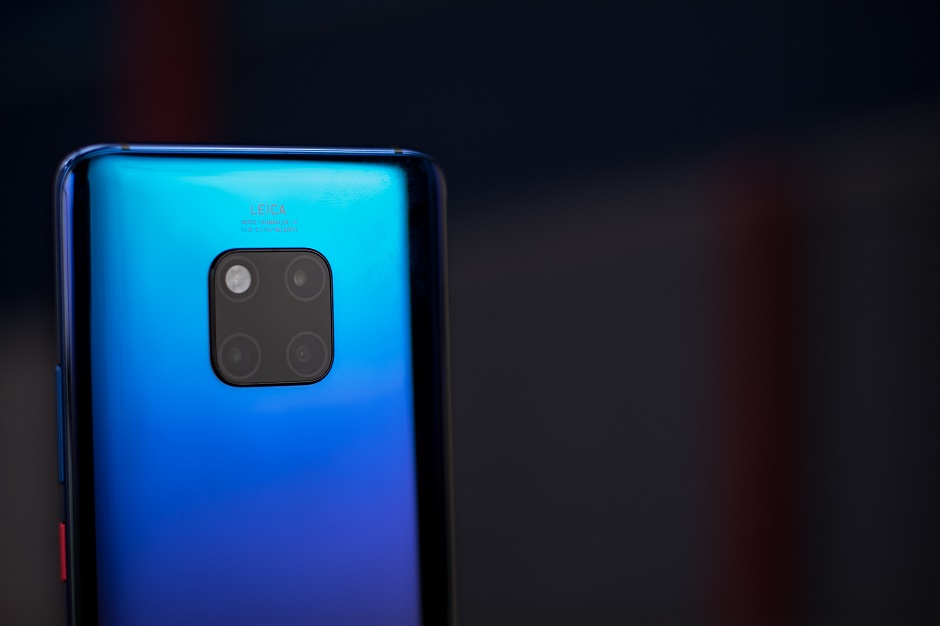 PHOTO: NARENDAR KUMAR
PHOTO: NARENDAR KUMAROwing to the P20 Pro, Huawei has garnered a reputation to be a credible choice when it comes to its camera quality. The Mate 20 Pro has continued that trend.
Replacing a dedicated monochrome lens, Huawei has gone with three rear cameras. The main camera is a 40-megapixel wide-angle f/1.8 aperture, an ultra-wide angle 20-megapixel f/2.2 lens dubbed as the “macro zoom” and a third 8-megapixel camera with a telephoto lens up to 3X optical zoom.
Huawei launching Y9 2019 in Pakistan
One thing that the device's AI seems to do is enhance the exposure of bright shades. Huawei did it more rigorously in the P20 Pro but with the Mate 20 Pro, the company has toned down its AI camera intervention to minor and subtle changes. Reason being, the company has started to trust the heavy cameras employed.
The Leica cameras produce a stunning outcome with the AI features acting as complimenting tools rather than overarching techniques. We found the bokeh effect to work especially well when the cameras were left to their natural strength.
The Cameras combine to read the distance between the fore and background well and operate the bokeh accordingly. As often as AI helps enhance an image it often has a negative impact on the image's originality. This is another reason why Huawei has toned down AI tools in the Mate 20 Pro.
Just like the P20 Pro, the results are impressive for low light settings as well where the cameras create a nice rhythm between exposure and white balance. They take multiple shots to construct AI-enhanced night mode images.

In our opinion, the standout feature of Huawei's entire camera focus is the portrait mode. The Master AI mode recognises the setting and is quick to switch to the portrait mode when needed. The way the camera blurs out the background and enhances the subjects focus is a testament to Huawei's visual emphasis.
The P20 Pro would still be your go-to Camera oriented Huawei device but the Mate 20 Pro isn't far behind especially for a more realistic output.
Design
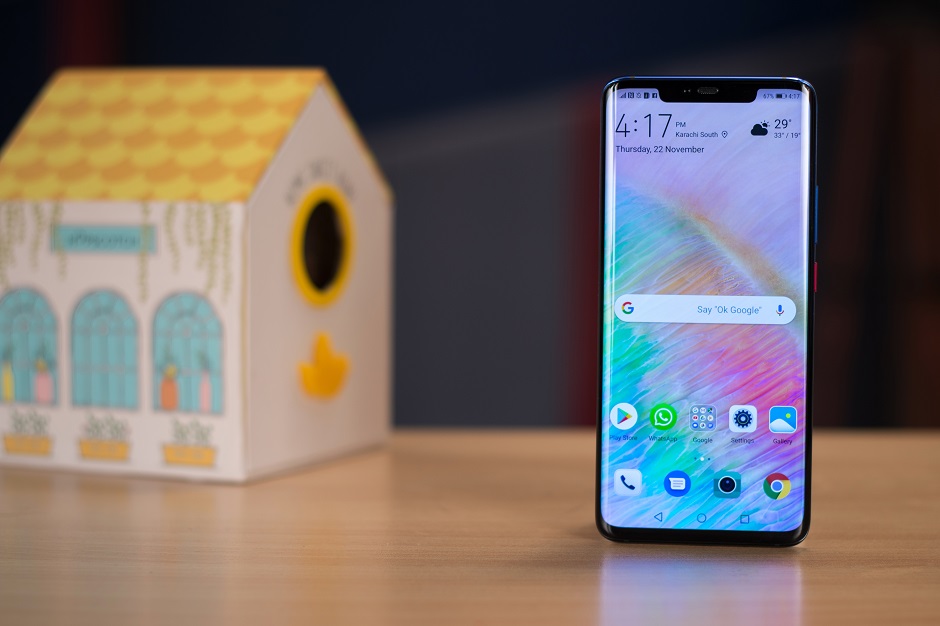 PHOTO: NARENDAR KUMAR
PHOTO: NARENDAR KUMARMuch sleeker than its predecessor, the twilight colour gives it an even smoother look. The thin bezels overlying towards the edges making it grip easily along with the tall design (19.5:9 aspect ratio) making it a visually attractive device.
The large OLED panel ( 3120 x 1440) swells out well for each smartphone function. The Mate 10 Pro didn't have many complaints regarding the design itself but didn't quite create the aesthetic feel. The Mate 20 Pro, on the other hand, gathered a lot of praise for its aesthetics and rightfully so.
One interesting design decision is to use the audio output through the USB-C port instead of the traditional grilled speakers. It doesn't make much of a difference in quality but for the more hardcore audio users, the experiment may not be the best idea especially when there may be some sound interference while plugging the device in to charge.
Similarly, the Nano SD card is a bit ahead of its time, with existing Micro SD card users unable to use their cards on the Pro variant. However, for us, it was a brave shift by Huawei especially given the large internal storage.
Unlocking
 PHOTO: NARENDAR KUMAR
PHOTO: NARENDAR KUMAROne major addition to the device is the inbuilt fingerprint scanner that blends in well with the smooth screen. Although we faced some difficulties with the fingerprint sensor, a few tries don't do much harm.
3D Face ID, an improvement on last year's product, is a prominent feature of the unlocking brigade.
Performance
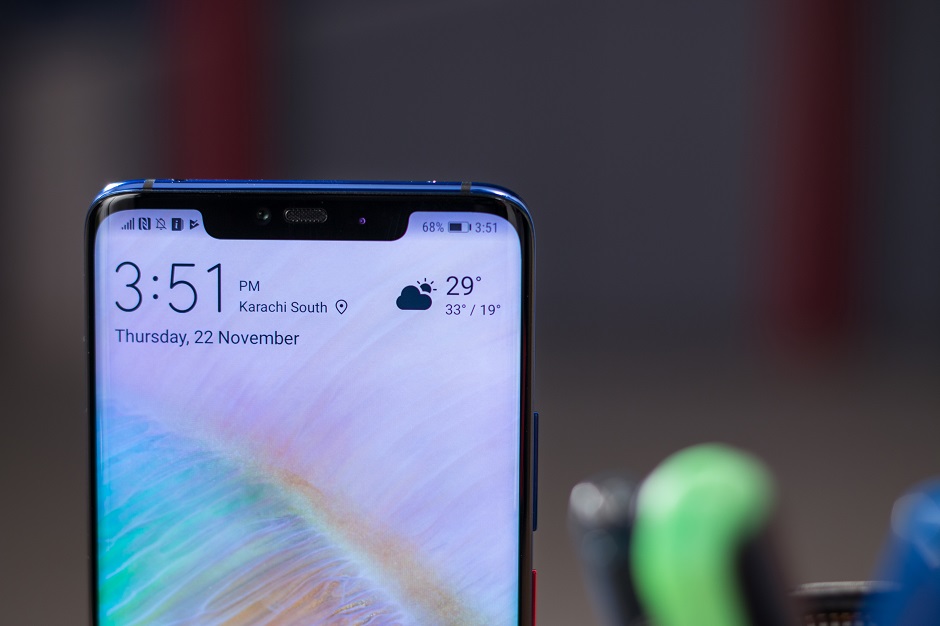 PHOTO: NARENDAR KUMAR
PHOTO: NARENDAR KUMARThe HiSilicon Kirin 980 processor has seen an upgrade on the Kirin 970 used in both the Mate 10 Pro and the P20 Pro. With a 7 nm processor, the in-house Kirin processor is a powerhouse being able to make the device usage so smooth.
This information is important especially given most Android makers rely on a Snapdragon chip but Huawei makes its own Kirin processor. The Kirin chip given its short lifetime has seen immense improvement over time.
For hardcore gaming purposes, the Kirin processor and the 6GB RAM certainly smoothened things out. The app usage was quicker than previous Huawei versions.
The EMUI skin is specifically designed along the lines of the Android 9 Pie with handy options available for the UI. This gives users a fresher feel while using the interface as opposed to the already used to Android Oreo.
No Headphone Jack
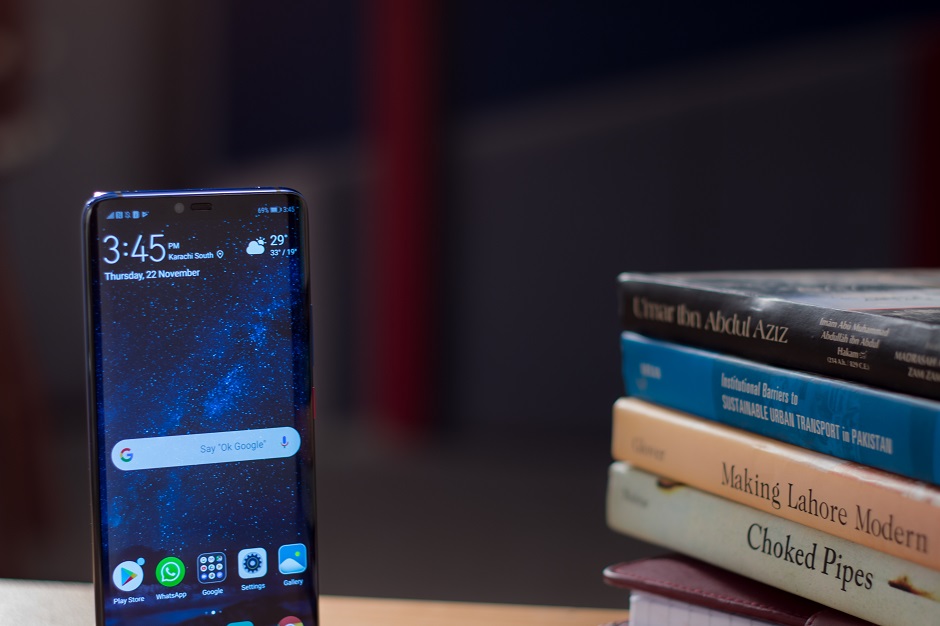 PHOTO: NARENDAR KUMAR
PHOTO: NARENDAR KUMAROne of the main problems the device has is the removal of the headphone jack. This being the biggest flaw says a lot on how far Huawei has made it.
Review: Samsung Note 9, a subtle powerhouse
The Android world isn't exactly ready to part with the iconic headphone jack. But like Apple, someone needed to take the step and Huawei has chosen the right time to do so. Despite that, users will find the switch problematic.
Battery life and wireless charging
 PHOTO: NARENDAR KUMAR
PHOTO: NARENDAR KUMAROn a good day, the battery lasted an entire day. With fast charging, the device charged more than 50% in half an hour making the 4,200 mAh battery pretty reliable.
Price
The company hasn't officially released the figures but from its launch price in other countries, it's estimated to cost between Rs 140,000 to 150,000. It is obviously a high price but with the neat specs Huawei has driven in, many users will be satisfied.
Conclusion
All in all, Huawei has made a huge stride in the past two years in terms of the high-end smartphone series. The Mate 10 Pro was not the best product in terms of each specific category but was an important step the company took to join the high-end race.
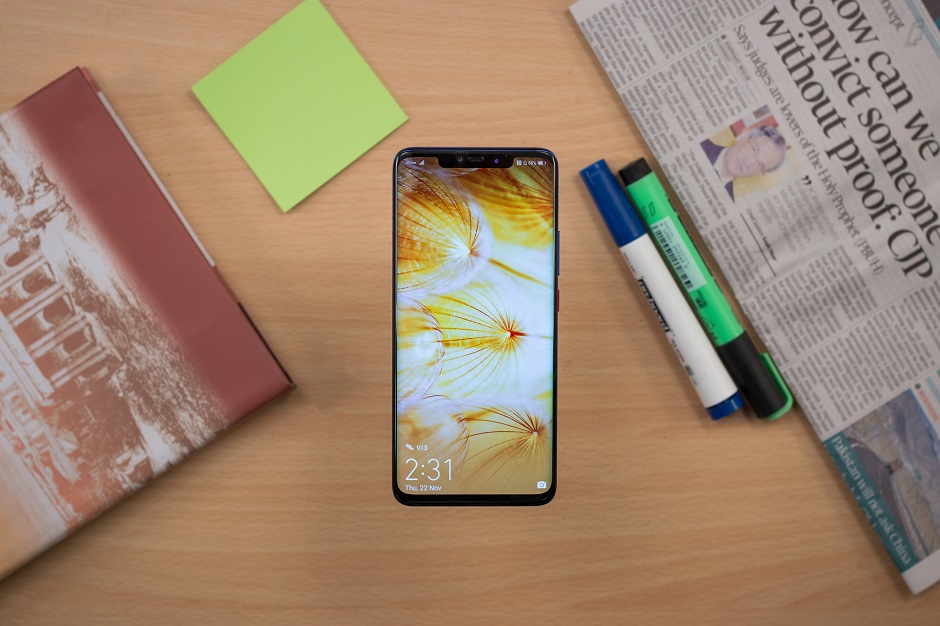 PHOTO: NARENDAR KUMAR
PHOTO: NARENDAR KUMARWith the P20 pro, Huawei focused highly on its powerhouse camera which significantly realigned Huawei in the high-end smartphone spectrum.
It helped the company completely overhaul the smartphone photography discourse giving the Chinese smartphone maker a good platform to launch its latest flagship.
The Mate 20 Pro is the company's most complete flagship so far. It is set to be a serious contender in the flagship market.
Rating: 4.5/5


















1714034954-0/WhatsApp-Image-2024-04-25-at-1-48-04-PM-(1)1714034954-0-270x192.webp)

























COMMENTS
Comments are moderated and generally will be posted if they are on-topic and not abusive.
For more information, please see our Comments FAQ